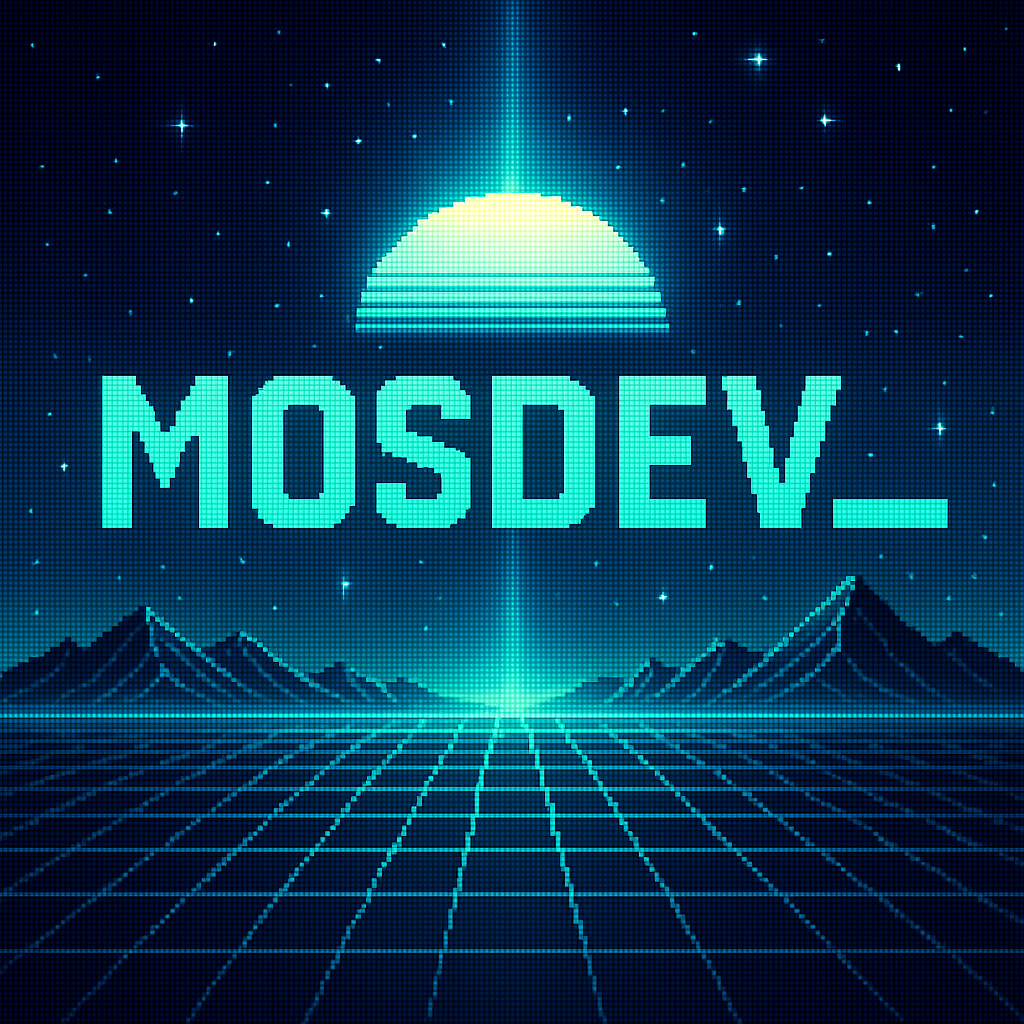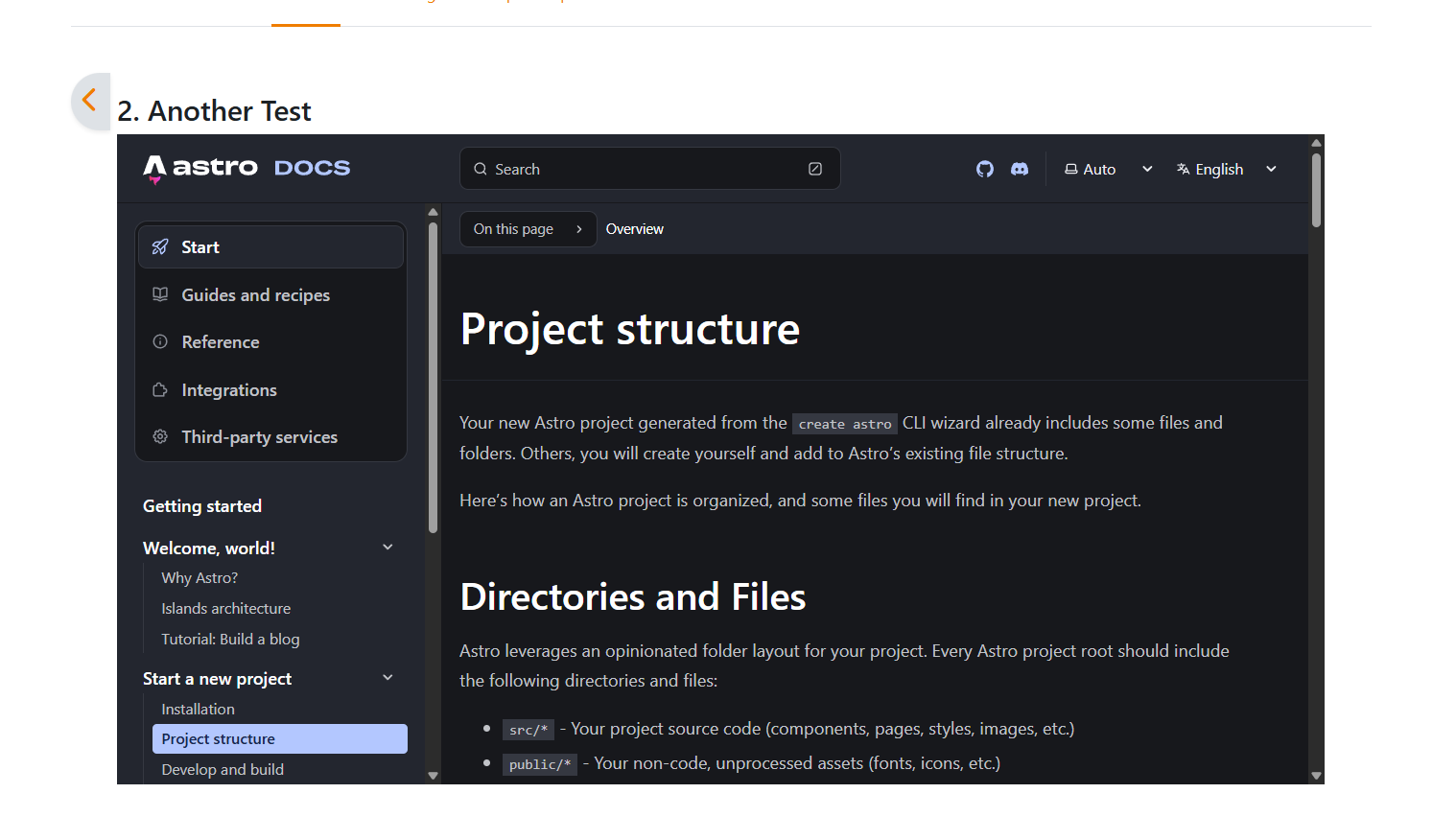One Repo to Rule Them All: Markdown as the LMS Source of Truth

My Problem & Solution: Embedding Markdown in Moodle
So, my problem was: I had to manually copy markup code into a Moodle LMS course, which is really cumbersome and a pain to maintain. Also, Moodle doesn’t support Markdown format at all, so I needed additional time to make everything look decent. I know there are plugins for this, but this LMS is hosted on MoodleCloud, which doesn’t allow plugin installations.
Instead of maintaining both the GitHub repo and the Moodle course, I thought it would be a better idea to follow the principle of a "single source of truth". So GitHub it is! Thanks to version control, this decision was a no-brainer.
After some research, I came up with a way to get my .md files into Moodle LMS and keep them auto-updated whenever changes are made to the repo. I use Astro Docs to convert the Markdown content into HTML and plan to embed the result into Moodle via an <iframe>. Here’s the workflow: when I push changes to the Markdown files on GitHub, Netlify automatically redeploys the site, and the updated content is instantly reflected inside the Moodle books or lessons.
Here’s an example <iframe> snippet I used for testing:
<iframe style="border: none;"
src="https://docs.astro.build/de/basics/project-structure/"
width="100%" height="600px">
</iframe>
It worked — kind of. The problem: the full Astro Docs layout (header, sidebar, footer) was also embedded, which obviously didn’t work for Moodle. I only needed the actual content.

Dynamic Routing with Astro
After some back-and-forth with ChatGPT, I found a way to use getStaticPaths() to define all possible documentation routes based on the URL slug. Thanks to Astro, I can use the [...slug] syntax to look up corresponding entries in the /docs collection. If a match is found, it renders the Markdown content as HTML.
Example:
/databases/01-intro-to-sql → loads `src/content/docs/databases/01-intro-to-sql.md`
Here’s the final version of the [...slug].astro file. I added console.log()s for debugging, simple HTML markup, and some basic CSS styling:
import { getCollection } from 'astro:content';
import '../../styles/custom.css';
export async function getStaticPaths() {
const docs = await getCollection('docs');
return docs.map((entry) => ({
params: { slug: entry.slug },
}));
}
const fullSlug = Astro.params.slug;
const allDocs = await getCollection('docs');
const entry = allDocs.find((e) => e.slug === fullSlug);
console.log("FullSlug:", fullSlug);
console.log("All slugs:", allDocs.map(e => e.slug));
console.log("Found entry:", entry);
if (!entry) {
throw new Error(`Entry not found: ${fullSlug}`);
}
const { Content } = await entry.render();
---
<html lang="en">
<head>
<meta charset="UTF-8" />
<title>{entry.data.title}</title>
<style>
body {
margin: 0;
padding: 0;
font-family: sans-serif;
background: white;
color: black;
display: flex;
}
main {
box-sizing: border-box;
width: 100%;
}
img {
width: 100% !important;
max-width: 100% !important;
height: auto !important;
display: block;
}
</style>
</head>
<body>
<main>
<Content />
</main>
</body>
</html>
Styling & Layout Issues
This setup worked almost out of the box. But after testing multiple .md files, I noticed that some images were way too large for the Moodle viewport. To fix this, I increased the content width of the Boost theme in Moodle to 1280px via custom SCSS.
Another issue: inconsistent image sizes across the .md files — never a problem in Astro Docs, but problematic now. After some trial and error, I created a custom.css file that forces images to stay within defined limits:
p > img {
max-width: 1024px;
width: 100%;
height: auto;
display: block;
}
To apply this, I referenced the CSS file in astro.config.mjs:
export default defineConfig({
integrations: [
starlight({
customCss: ['./src/styles/custom.css']
})
]
});
Access Restriction with Token
So what do we have now? I can embed a simple <iframe> into a Moodle book or lesson, and it displays the content and images of a specific .md file. Any changes in the repo are auto-deployed and instantly visible. Sounds done? Almost.
I still needed to restrict access to the docs but allow access via an iframe — for obvious reasons. After more experimentation with ChatGPT, I implemented access control using Astro middleware and URL tokens.
For example:?token=abc123 gets compared to the .env variable PUBLIC_MOODLE_TOKEN=abc123.
Here’s the relevant middleware.ts:
import type { MiddlewareHandler } from 'astro';
export const onRequest: MiddlewareHandler = async ({ url }, next) => {
const protect = import.meta.env.PROTECT === 'true';
if (!protect) {
console.log('🟢 PROTECT=false → access protection disabled');
return next();
}
const token = url.searchParams.get('token');
const validToken = import.meta.env.PUBLIC_MOODLE_TOKEN;
const path = url.pathname;
const isStaticAsset =
path.startsWith('/_image') ||
path.startsWith('/favicon.ico') ||
path.startsWith('/robots.txt') ||
path.startsWith('/.well-known') ||
path.match(/\.(png|jpe?g|svg|gif|webp|ico|css|js|woff2?|ttf|map)$/);
if (isStaticAsset) return next();
console.log('📥 Token from URL:', token);
console.log('🔐 Valid token from .env:', validToken);
if (token !== validToken) {
console.log('⛔ Invalid or missing token!');
return new Response('Access denied', { status: 403 });
}
console.log('✅ Access granted!');
return next();
};
To make this work on Netlify, I added the SSR adapter and set the output to 'server':
export default defineConfig({
output: 'server',
adapter: netlify(),
});
I also included a developer/maintenance toggle using PROTECT=false in the .env file to temporarily disable access control when needed.
Conclusion
Now the feature is complete. I can set a token in .env, use it via the URL, and access is granted. Otherwise: restricted. All needs — single source of truth, automated updates and access control — are met.
The learning curve was steep, but I’m really happy with the result. Now I can move on developing additional features — maybe support for .mdx to take it even further.
Definition of Done: ✅
Good job, Sam.
